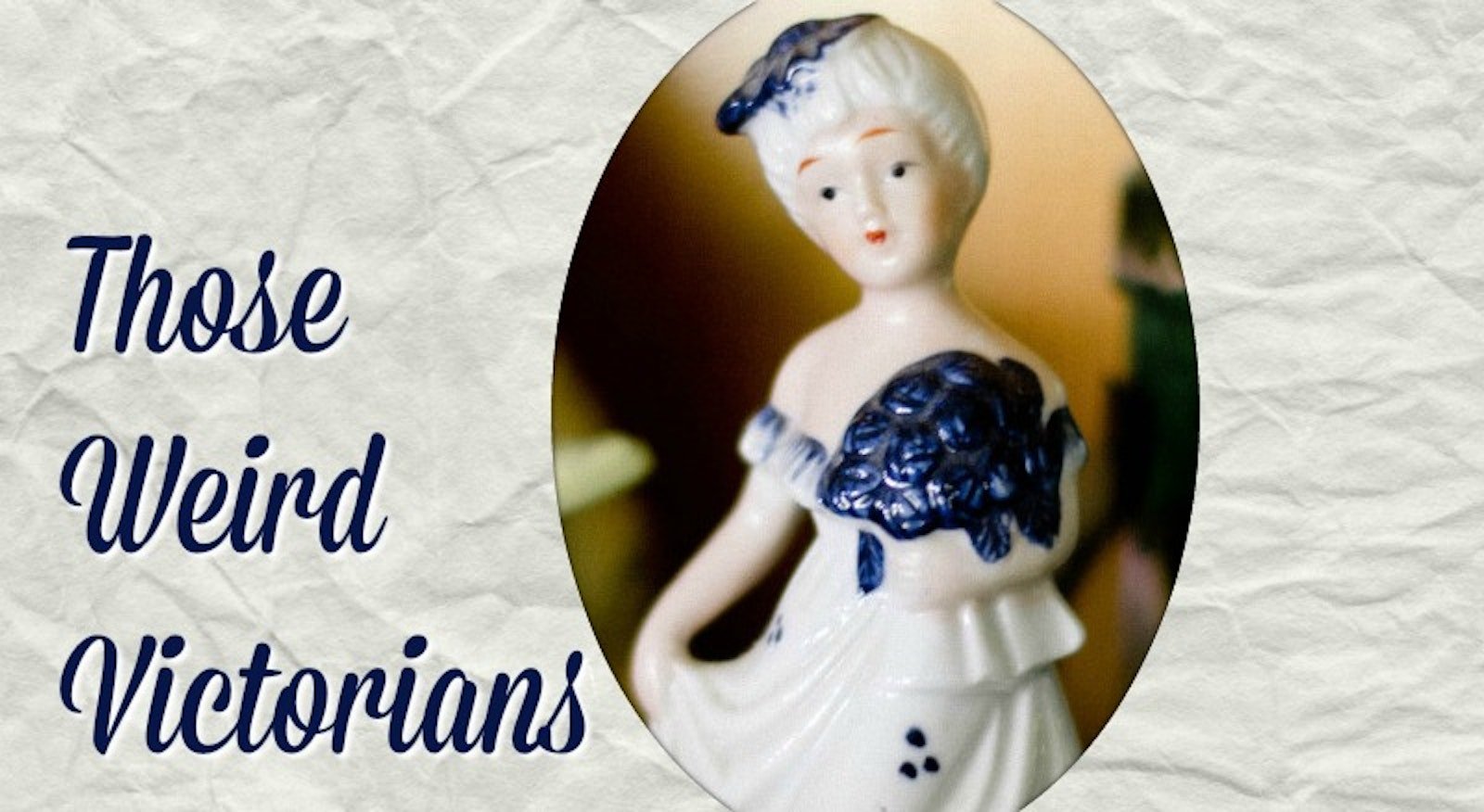The Victorians were a crafty bunch. No household item was safe from decorative embellishment and ornamentation. The numerous ladies’ journals of the day fueled the Victorian zeal for adornment and were packed with projects for the respectable homemaker. One thing no refined home could do without was a pincushion. Victorian pincushions ran the gamut from practical to ornate.
The Victorian fervor for pincushions approached mania. Pincushions of all styles were popular items sold at bazaars and populated many of the rooms in the Victorian home. Weldon’s Practical Needlework, ever on the forefront of Victorian trends, offered its own collection of pincushions in Volume 10. Weldon’s deduced, “Perhaps one reason for the popularity of pincushions is due to the fact that many of them may be made without any expense at all of just those odds and ends of materials that are often difficult to turn to good account.” Indeed, all manner of cloth remnants, ribbon, thread, buttons, and beads could be transformed and “pressed into service.” The whimsical results still delight and fascinate.
The fashionable stature of pincushions piqued the Victorian imagination. No household object was spared from being replicated into pincushion form—even a toilet. Yes indeed, apparently the Victorians crafted a pincushion replica of the loo. Those weird Victorians! Unfortunately, there is no image in Weldon’s. Have the urge to make one? Be our guest. Here is the pattern without alterations. If you make one, be sure to send a photo to [email protected]. We’re on pins and needles with anticipation!
Toilet Pincushion.
This oblong pincushion is of a kind that is strictly useful, and even the gay ribbons that form a lattice across the top in no way interfere with its convenience. It is well to make a case to hold the bran quite independently of the cover, and it is then an easy matter to re-cover the pincushion as often as required, when it has become soiled or crumpled. Thin cotton or linen material is the best to use for the case, for though strong enough to prevent the bran from working its way through, it takes the pins pleasantly. Cut this cover to measure four inches in width and ten inches in length, when it is made up, and fill if very full of bran, pressing this in so that the cushion is firm and compact.
Make the cover in the same way, but of silk on one side, and of sateen on the other. White moiré for the “show” side and pink cambric or sateen for the other would be extremely pretty. Now take the four pieces of coloured satin ribbon and lay them side by side, half an inch apart in a slanting direction across the top of the cushion, using the colours alternately. When all are placed, lay a second set above them in the same way, but carry them over and under the others in darning fashion. They should be taken slightly beyond the seam which runs round the side of the cover, so that the ends will be hidden by the lace. A fine make of this should be selected, having a good expanse of net along the upper part, as have many of the laces sold for lamp shades, or even for dress trimming. Turn over this net to make a heading three-quarters of an inch wide, gather it up and sew it round the cushion, remembering to give extra fullness at the corners, so that they set well. Finally, add full bows of the various ribbons combined at each corner of the cushion.
Happy stitching!
Elizabeth



